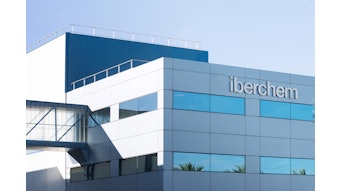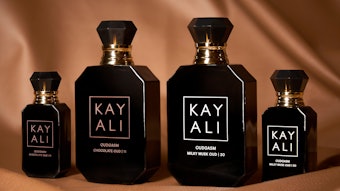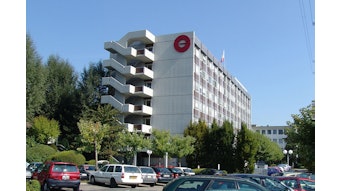3-Cyclohexylbutanoic acid can be obtained by using the following procedure:
Thus, the acid is not too easily available, but remarkable fragrant properties of its esters raise the interest in its production. The first four stages of its synthesis have been described previously. Prin’s reaction of α-methylstyrene with formaldehyde yields 4-methyl-4-phenyl-1,3-dioxane.
The reaction is carried out at temperatures about 80°C and can be catalyzed with sulfuric acid, acid ion exchangers, and the like. Hydrogenolysis of dioxane thus obtained, carried out under rather hard reaction conditions (200°C, 10 MPa) and catalyzed with Adkins’s catalysts, gives rise to 3-phenyl-l-butanol in a high yield. The latter is hydrogenated in the ring using an Ni catalyst at 180-200°C and 6.5-10 MPa to 3-cyclohexyl-1-butanal. Dehydrogenation of the latter in the gaseous phase at 240-250°C using a catalyst based on CuO-ZnO-Al2O3, gives rise to 3-cyclohexylbutanal. This compound is oxidized with air at 120°C; the aldehyde is almost totally converted to 3-cyclohexylbutanoic acid already within two hours, with spontaneous oxidation being comparatively fast even at room temperature. The total yield of 3-cyclohexylbutanoic acid related to α-methylstyrene is 54%.










